December Gardening
Mid-summer maintenance and disease prevention
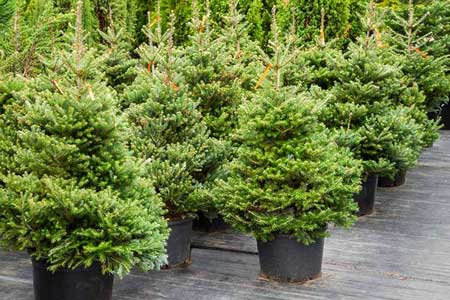
Christmas is almost here and it’s time to decorate the Christmas tree. Living Christmas, growing in pots, are waiting to be decorated and best of all they last for years. Decorating the tree with your family collections of baubles, bells, stars and angels is a special family ceremony and don’t forget to refresh your tree with some of our amazing new decorations from our Christmas shops.
What could be a nicer gift than a jar of Christmas Fruit Mince made with lemons from your very own lemon tree? Lemons are a symbol of plenty and it is said that a dish made from lemons will assure a fruitful year for the family.
Then there is decorating the Christmas cake and one of the necessities of this special occasion is the tasting of almond icing – many times!
Over our Christmas period our flower gardens are reaching their first flowering peak and, as we look outside, we witness our gardens overflowing colour that may include roses, early flowering perennials and lilies.
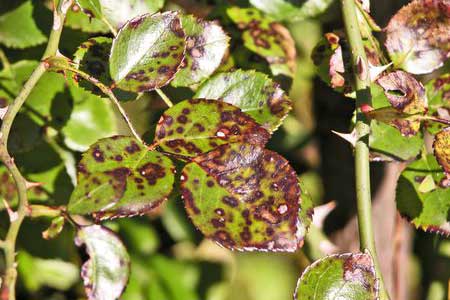
Blackspot & Powdery Mildew
Mid summers day is approaching and with the roses in full bloom they are very prone to black spot and powdery mildew as the soil becomes drier. Black spot shows up as round purplish splotches that spread over the leaf, which turns yellow and then it dies and drops off.
Powdery mildew which looks like a dusting of white powder on stems and leaves is a very common complaint of roses growing in hot dry conditions. Treat these diseases using fungicides or Neem Oil. Yates Shield, Yates Super Shield or Yates Guardall are all effective products or you could try homemade baking soda spray - more of a preventative measure than a cure. Dissolve 1 teaspoon baking soda in 1 Litre of warm water and then add up to 1 teaspoon of liquid soap. Spray leaves thoroughly. Depending on severity you may need to spray once a week from the beginning of Spring to keep the fungus at bay.
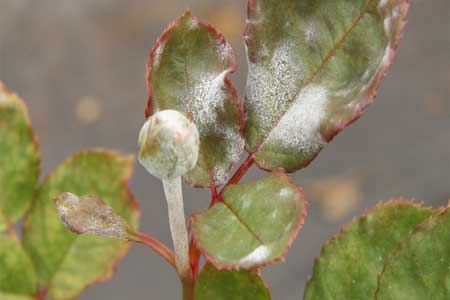
Flower Planting & Maintenance
- It is important to water roses deeply once or twice a week in high summer. Avoid wetting the foliage at night as this will encourage black spot.
- Pull out Forget-me-not and cut back Aquilegias before they seed because they can become very bossy neighbours.
- There is still time to plant annuals such as petunias, lobelia, asters, begonias, marigolds, nasturtiums and fill gaps with instant potted colour.
- Fuchsias are so easy to grow and their beautiful pendulous flowers hang down like dancing ballerinas.
- Plant fuchsias in semi shade where they will enjoy the cooler temperatures and plenty of moisture away from drying winds.
- There are trailing varieties that are ideal for planting into hanging baskets to cheer up a shady entrance way.
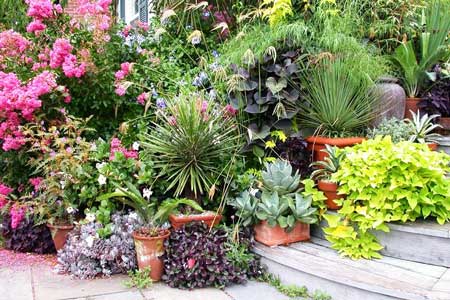
Container plants:
- On the patio plants growing in containers will give your home a feeling of luxury. This summer place a few pots in key positions to provide a focal point or a pair to frame a doorway.
- Plant your container tightly by starting in the centre, working outwards, leaving as little bare soil as possible. Give the pot a thorough soaking to ensure there are no trapped pockets of air around the plants roots.
- Try a combination with a dark pink pelargonium and paler daisies edged with blue verbena and alyssum or a pretty geranium surrounded with blue and white lobelia.
- A mad mixture of bright orange, yellow, red, and purple annuals will shout a cheery welcome to your summer visitors.
- Agapanthus is a good tub plant and can be dressed up with silver Helichrysum and lemon/yellow annuals.
- Don’t forget your pots once they have been planted! Keep them in top notch condition by regularly feeding with Yates Thrive and a generous watering is essential.
Vegetables
- In the vegetable garden its time to plant leeks and celery into trenches prepared with plenty of compost worked into the bottom.
- Plant some more potatoes and silverbeet and every few weeks plant fast growing lettuces.
- Protect courgette and cucumber plants from downy mildew with Yates Bravo..
- The hoe is your best friend in the vegetable garden during high summer. Hoeing ensures moisture is held in the ground much longer as well as destroying weeds.
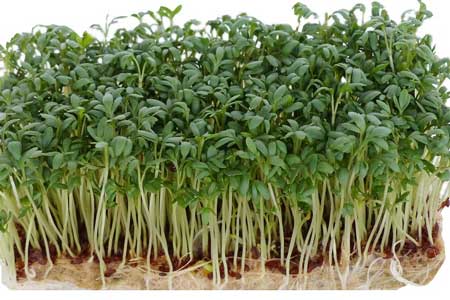
Micro Greens
Try growing some Micro Greens to jazz up your picnic sandwiches this summer. They are nature’s super food – gourmet salad greens that can be grown on your window sill.
Micro Greens are tiny edible greens grown from vegetable or herb seeds and have become more and more popular. They can be grown outdoors or in shallow containers on the window sill.
- Fill a container with Yates Seed Raising Mix, gently firm the mix, sow the seeds, gently water and cover with a damp paper towel. Keep them covered until the seeds have rooted then place them in good light to stop them from growing leggy.
- Harvest when the ‘true’ leaves have grown 2–3cm tall, usually in ten to fifteen days’ time. The first leaf is the seed leaf and the next leaves are the baby leaves.
- Salad mixes could be cress, mustard, lettuce, spinach, rocket, mizuna, and rainbow beets.
- Herb mixes could be a selection of basil, chives, chervil and coriander.
- An Asian mix could contain mizuna, kale and bok choy.
Tomatoes
In the tomato house it is essential to have good ventilation day and night to avoid fungal diseases that can destroy plants living in damp still air. Keep removing laterals - the side shoots that form in the axis of the stem and leaf. Now that trusses of tomatoes have formed, water in some Nichol's Super Crop Tomato Food.
TOMATO TROUBLE SHOOTING
Read our full article on how to combat tomato diseases.
- Greenfly – may be controlled with Yates Mavrik
- Blossom End Rot – dark brown hollow patches form on the bottom of the tomato is usually caused by irregular watering.
- Greenback – the fruit won’t ripen and remains hard and green around the stem. This can be the result of fluctuating temperatures and becoming dry or too much potash.
- Fruit Split – usually happens when nearly ripe tomatoes are suddenly given a long soaking.
- Late Blight – brown patches on leaves that can spread rapidly. Apply a spray of Yates Bravo.
- Verticillium Wilt\ Bacterial Wilt – the leaves begin to turn yellow, wither and die. This can be caused by fungus attacking the roots or base of the stem in cold weather.
- Remove the plant and replace the soil next season.
Lawns
Spray lawns with Yates Turfix to remove broadleaf weeds such as dandelions and daisies.
Lift the mower up a notch or two to save the grass roots from burning during the long hours of summer sunshine.
Happy Gardening Everyone
7540